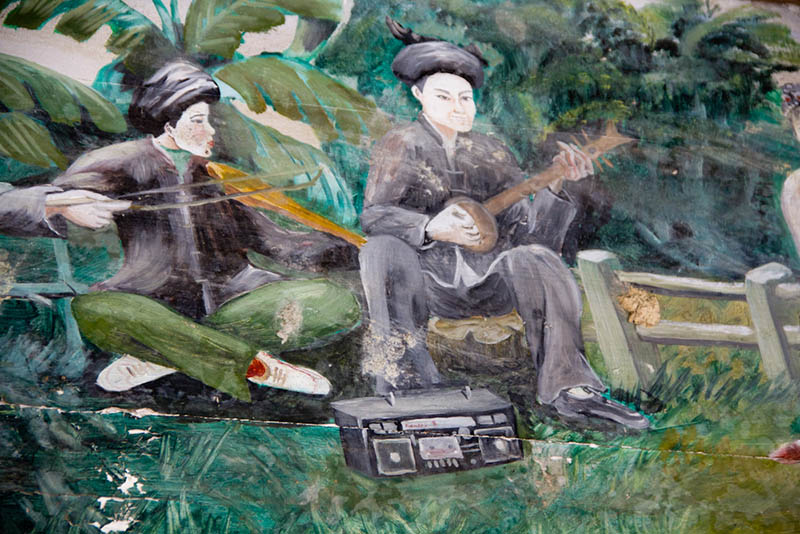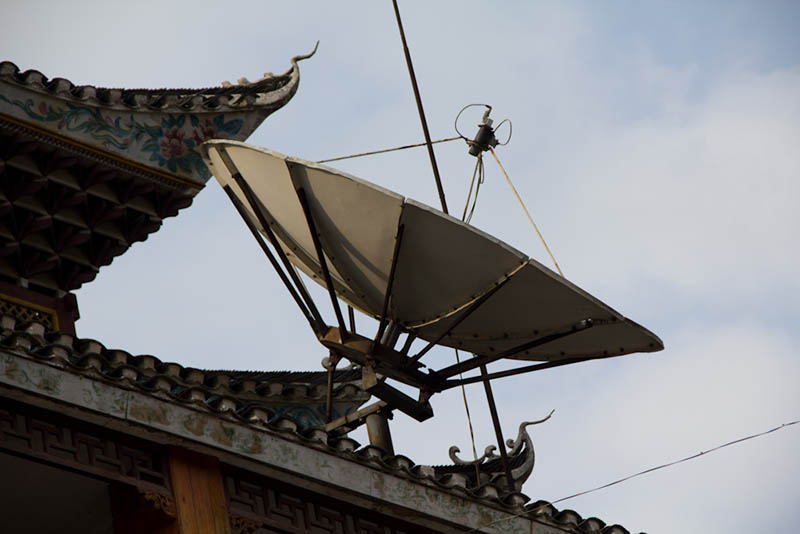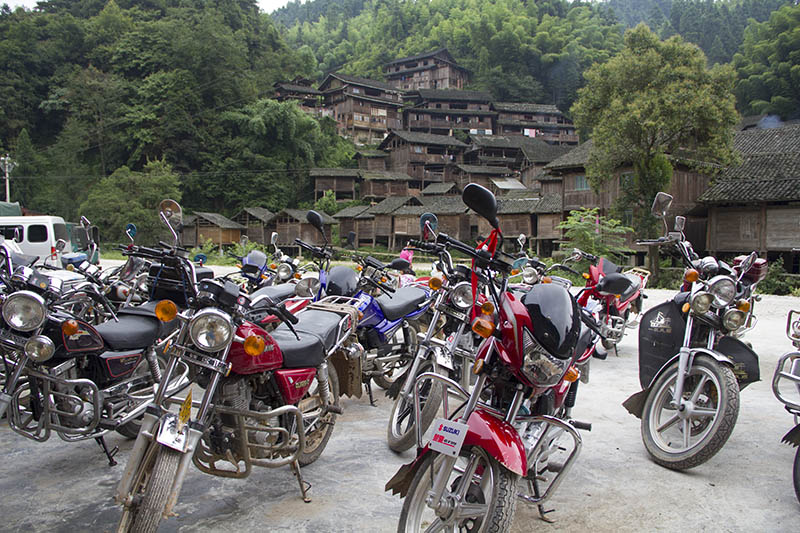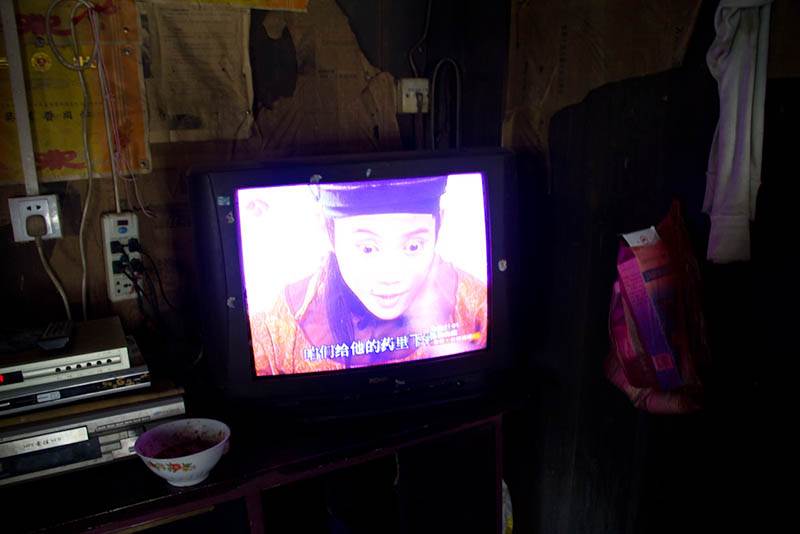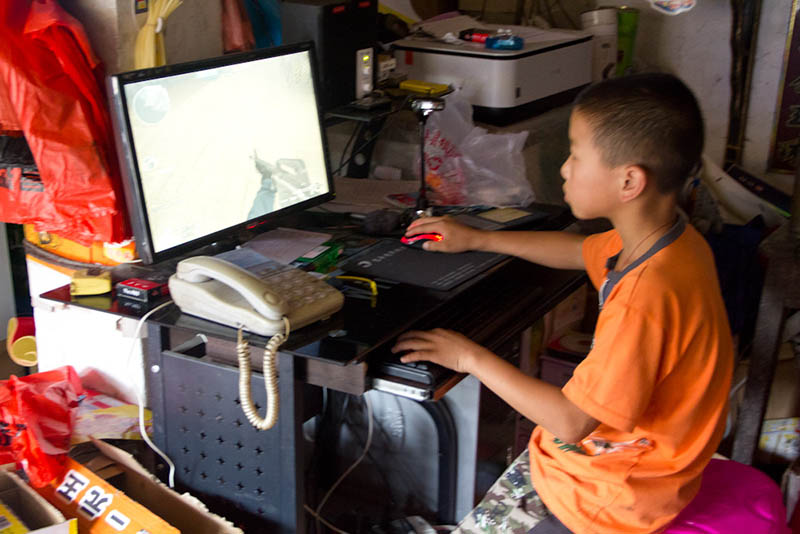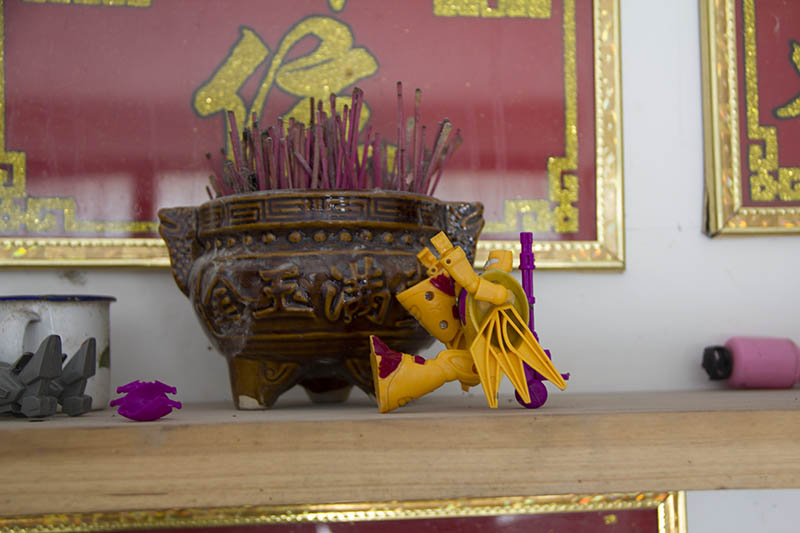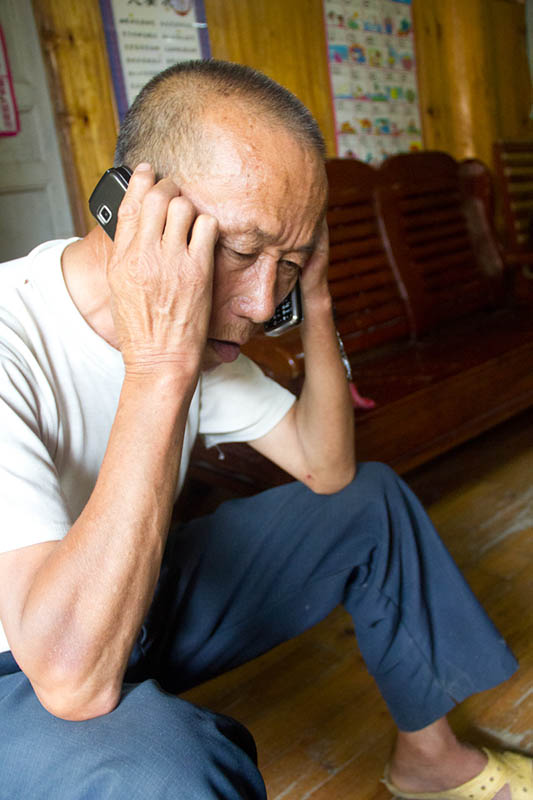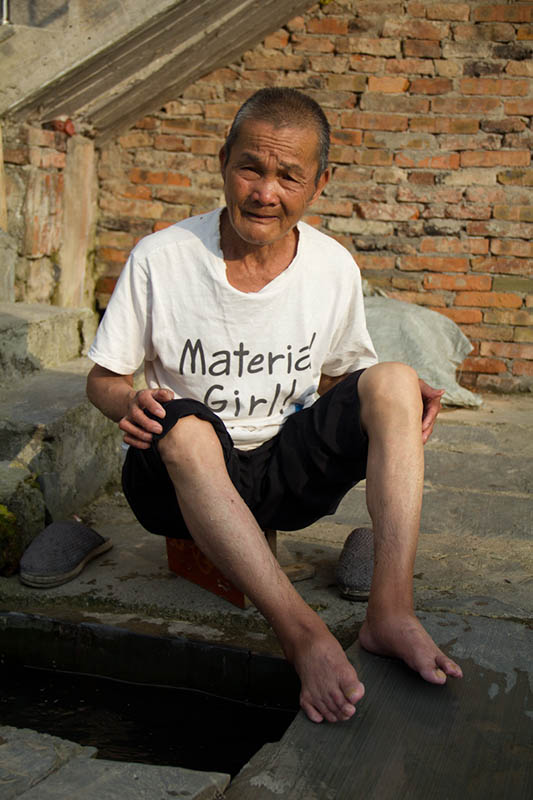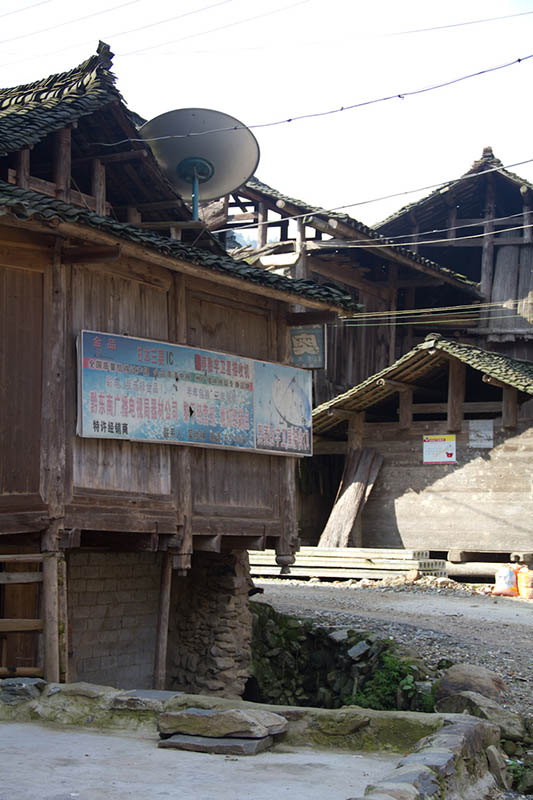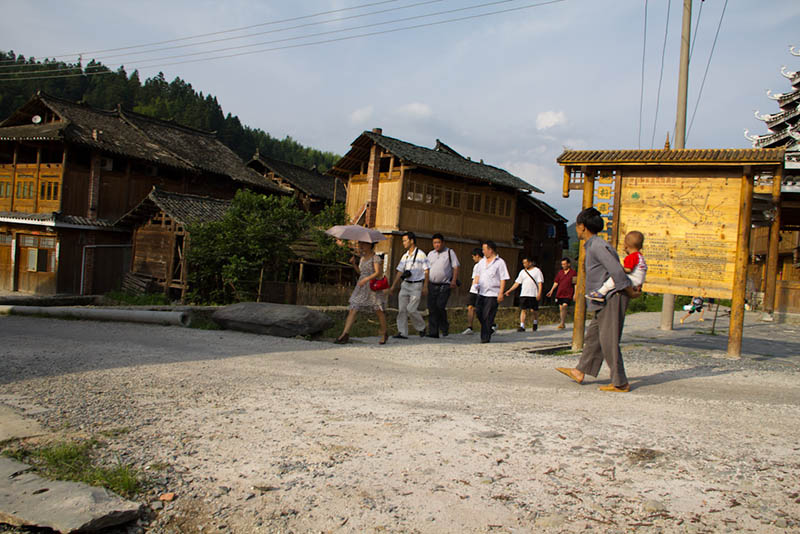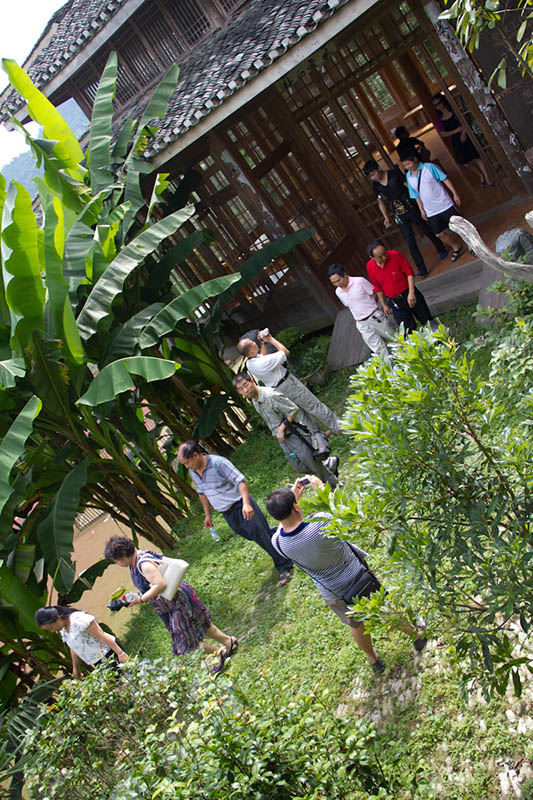Kam Minority

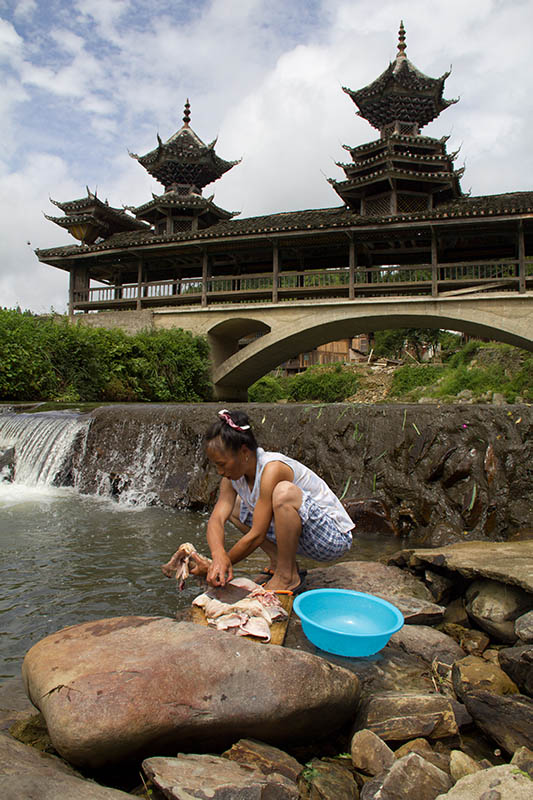
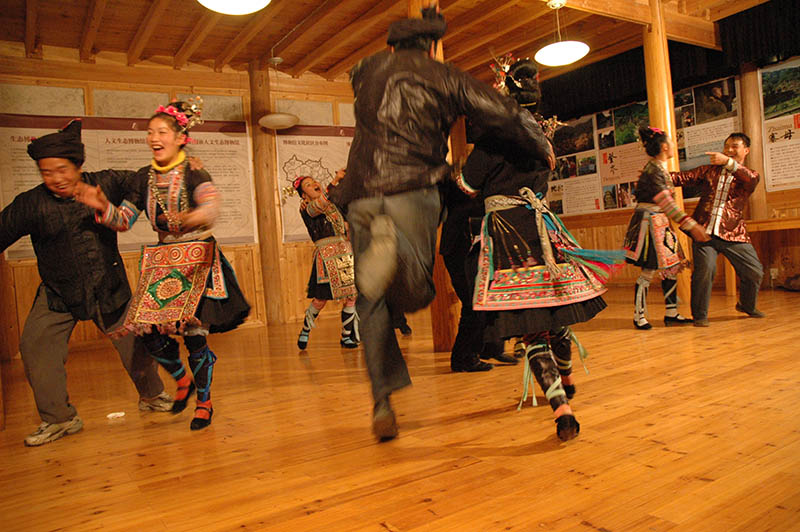
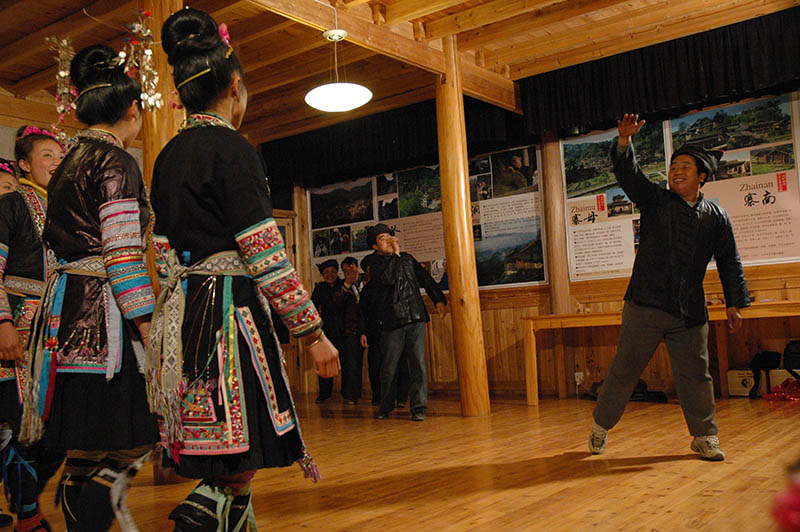
The “Hidden” Kam
from Dawn of the Butterflies by Marie Anna Lee, Cambridge Scholars Publishing, Forethcoming
Known as Dong to the majority Han Chinese, the Kam speak their own language and have a distinct culture and traditions. One meaning of Kam is to hide or conceal, (Geary, 3) which reflects the group’s preferred mode of self-preservation: removing themselves into remote areas. Numbering two and half million, they inhabit eastern Guizhou, western Hunan, northern Guangxi, and small pockets are found in Tuyên Quang Province in northern Vietnam. The Kam are predominantly rice farmers, known for growing glutinous rice, and eating spicy and sour food. They were always self-sufficient and did not trade with others on a large scale. (Geary, 22) They use local China fir timber to build stilted wooden houses, drum towers and covered wind-and-rain bridges without any plans and do not use any nails in building the structures.
They are internationally renowned for polyphonic choir singing. Known as Kam Grand Song, UNESCO listed this style as a world-class intangible cultural heritage in 2009. Without a written form of their language, the Kam pass down their knowledge and culture orally in songs. This singing tradition also permeates courtship and many daily activities.
In the past, Kam areas were fairly inaccessible with many county seats not having roads that led to them before 1949. (Geary, 22) There are various degrees of assimilation into the mainstream Chinese culture among various Kam groups. Those living in remote mountainous areas have often developed independently with little interaction with the outside world, while those in towns and fertile plains had plentiful contact with the Han and adopted some of their habits over time. In the 1990s, even the remote areas have seen major changes because the government invested in modernizing the countryside, and many of the people moved into urban areas to seek employment. The impact on Kam identity is significant. Geary observes:
As young Kam adults leave home, the Kam language is gradually yielding to Mandarin Chinese. Traditional Kam architecture has also lost ground over the last generation. Very few new drum towers or wind-and-rain bridges have been built, and ganlan houses near centres of Han population have tended to be replaced by brick and wood dwellings that resemble those of local Chinese…. Except in remote areas, the clothing worn by Kam men is already indistinguishable from that of men from the Han nationality, and Kam women are increasingly buying rather than making cloth for their own clothes. (Geary, 253–254)
Similarly, television is changing Kam daily habits:
Within a generation, there has been a dramatic decrease in the number of couples who court one another with songs in the traditional way. Television, which arrived in many rural areas in the 1980s, has played a major part in this trend. Instead of singing at the drum tower, people sit in front of ‘the box,’ and there is no Kam singing to be heard on television. (Geary, 254)
Many cultural and visual characteristics of the Kam that even survived the Cultural Revolution are quickly fading away as the communities gain contact with the outside world. The local governments have become concerned with the rapid loss of identity and in 1999 decided to explore developing tourism to finance infrastructure development while helping the Kam maintain its customs. Geary warns about the negative impact of tourism:
The import of modernization through tourism (or by any other means) thus carries a thread more subtle than that of blatant extinction of culture. Investment for or from tourism might pay for new roads to be built into the Kam areas, for new drum towers to be elected, and for hotels to be built in Kam architectural style to be located near the new drum towers. But even if all the traditional characteristics of the Kam culture were maintained, its internal features may shrivel and die. Traditional ways of thinking, hospitality, family and clan relationships, the capacity of the Kam people for hard work and stoicism—all may be influenced negatively if internal factors are not addressed as well as external ones.
To prevent these cultural “Kam ghost towns,” Geary then calls on addressing how Kam people perceive themselves. As predicted by Geary, tourism has flourished but has not reversed or slowed down the adoption of mainstream Chinese culture in Kam areas. Some other initiatives are, however, having a positive impact in recent years. For example, Kam language and singing have been reintroduced at some elementary schools like the one in Dimen.
Reference:
D. Norman Geary, Chaoquan Ou et al., "The Kam People of China: Turning Nineteen?" Routledge: 2003.
Many changes have happened in Kam areas recently.
